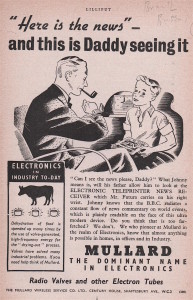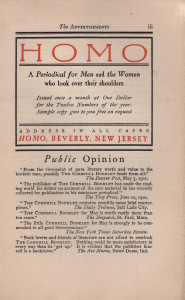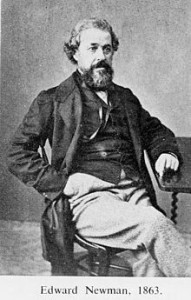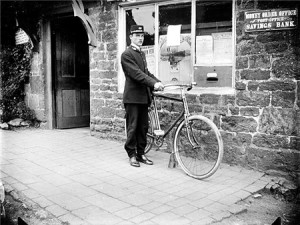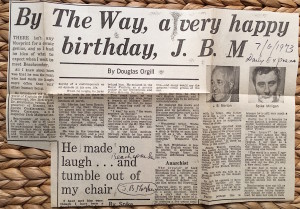 Found in a box of ephemera — this press release from the Paris HQ of legendary fashion designer Coco Chanel announcing a forthcoming exhibition on a May 5th (possibly 1933) of over a hundred dresses made entirely from British materials.
Found in a box of ephemera — this press release from the Paris HQ of legendary fashion designer Coco Chanel announcing a forthcoming exhibition on a May 5th (possibly 1933) of over a hundred dresses made entirely from British materials.
The aim of this non-selling exhibition, which was to be held at 39, Grosvenor Square and would last a fortnight, was to promote co-operation between textile manufacturers and exclusive model houses in Britain and designers in Paris. The show was the result of a previous visit to London when Mlle Chanel had met with forty textile manufacturers. From the samples they had brought with them she had produced a collection that aimed to prove that’ it is possible to be appropriately dressed in British materials for a cloudburst at Ascot or a hurricane at Lords, as for a dead calm at Cowes, or a tropical spell on the Scotch moors.’
‘These dresses and their many accessories ’, the press release continues, ‘will be displayed by English girls, (including Mrs Ronald Balfour and Lady Pamela Smith), and as each dress appears, a card will be shown stating the name of the manufacturer of the materials employed. Continue reading

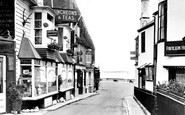 Found in that repository of odd facts, The Collector’s Miscellany, is the following short piece by reporter H. A. Owen in the issue for May 1935.
Found in that repository of odd facts, The Collector’s Miscellany, is the following short piece by reporter H. A. Owen in the issue for May 1935.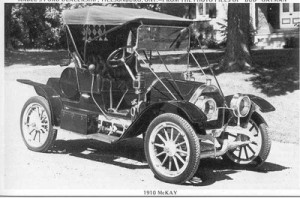 I see him at night with his head low down
I see him at night with his head low down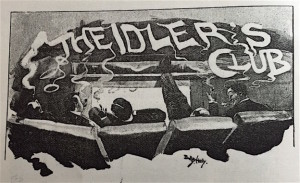
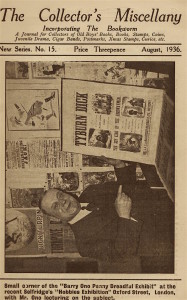

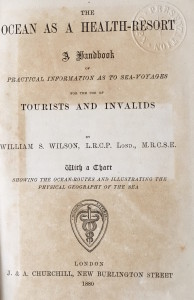
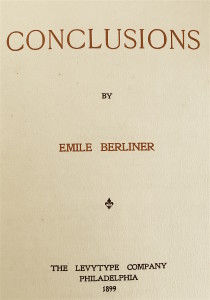 by the Levytype Co., in 1899. Berliner was the inventor of the gramophone and the gramophone record and exceedingly wealthy. This book presents his philosophy and may have been a vanity project, this copy is marked complimentary and limited to 500. He appears to have been something of an agnostic and his views, especially his faith in science,
by the Levytype Co., in 1899. Berliner was the inventor of the gramophone and the gramophone record and exceedingly wealthy. This book presents his philosophy and may have been a vanity project, this copy is marked complimentary and limited to 500. He appears to have been something of an agnostic and his views, especially his faith in science,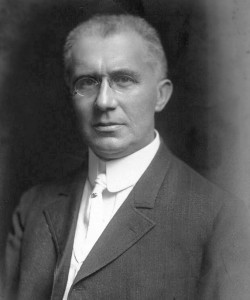
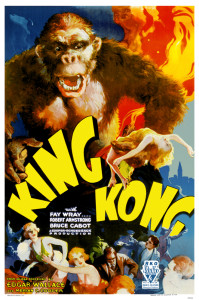



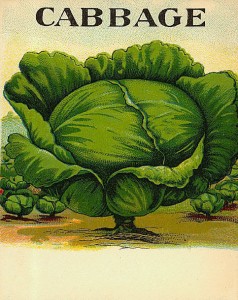 Found, The Dinner Knell, the book published just months before his death aged 52 by prolific journalist and fin de siecle expert T(homas ) Earle Welby, (1881 – 1933). The premature demise of Welby, who was known to his New Statesman readers as ‘Stet’, may have had something to do with a love of food that informs much of his writing, including this particularly lively excursion into the world of gastronomy.
Found, The Dinner Knell, the book published just months before his death aged 52 by prolific journalist and fin de siecle expert T(homas ) Earle Welby, (1881 – 1933). The premature demise of Welby, who was known to his New Statesman readers as ‘Stet’, may have had something to do with a love of food that informs much of his writing, including this particularly lively excursion into the world of gastronomy.
